The processing and manufacturing industry is not only the backbone of the economy but also the main growth driver, affirming the province's position on the national industrial map. In the first two months of 2025, the province's industrial production index (IIP) increased sharply by 17.69%, of which the processing and manufacturing industry alone reached 17.95%, contributing 17.61 percentage points to the overall increase. Nam Dinh is not only the "capital" of the textile and garment industry in the Red River Delta (RD), but is also expanding its strengths to the fields of mechanical engineering, wood processing, pharmaceuticals and footwear. Along with attracting large corporations and implementing large-scale industrial projects, the province is gradually realizing the goal of becoming the leading processing and manufacturing industry center in the region.
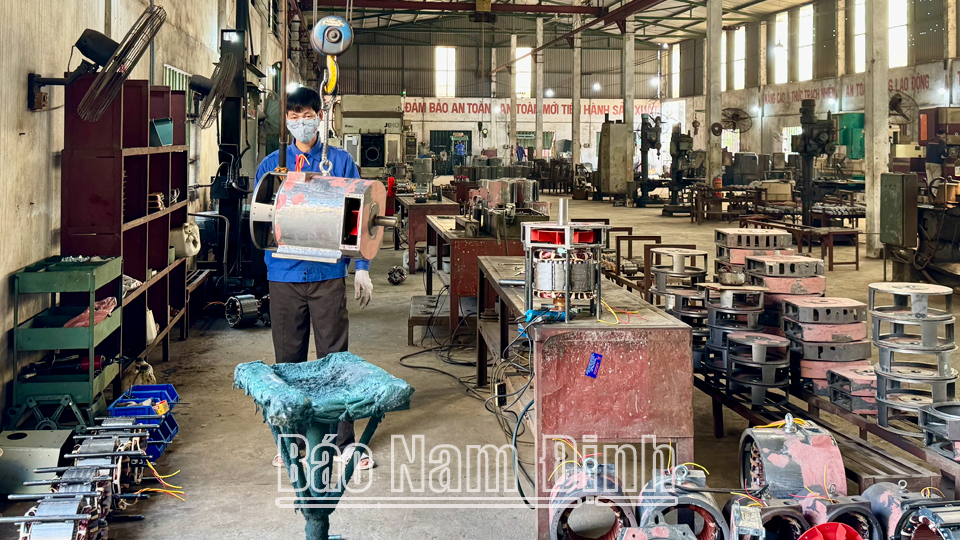 |
| In the province, a number of prominent mechanical production clusters have been formed in Xuan Truong, Nam Truc and Y Yen districts. |
Play the role of driving force for economic growth of the province
As an industry with a long history, textiles and garments currently hold a leading position in the province's industrial structure, accounting for over 50% of the production value and added value of the whole industry. Nam Dinh currently contributes 8-10% of the total production value of the textile and garment industry nationwide, playing a central role in the Southern Red River Delta region. With about 6,000 production facilities and 415 enterprises, Nam Dinh's textile and garment industry has attracted many large domestic and foreign corporations such as Song Hong Garment Joint Stock Company, Youngone Nam Dinh Co., Ltd., Yamani Dynasty Co., Ltd. In particular, the appearance of Toray Group (Japan) with the Top Textiles factory project in Rang Dong Textile Industrial Park marked an important turning point. This factory, with a design capacity of 120 million meters of fabric/year, is one of the largest knitted fabric production complexes in the North, using the most modern technology in the weaving - dyeing - finishing process. The factory's official operation from July 2024 will not only create 1,800 more jobs but also increase export value, consolidating Nam Dinh's position as a high-tech textile and garment center of Vietnam.
Along with textiles, the mechanical engineering and metal processing industry is gradually asserting its position thanks to the advantage of highly skilled labor, production experience and increasing market demand. This industry currently has an average growth rate of 11.41%/year and is the second largest contributor to the structure of industrial added value and GRDP of the province. Some prominent mechanical manufacturing clusters have been formed: Xuan Truong specializes in manufacturing machines for agricultural production, construction, forestry exploitation, etc.; Nam Truc has strengths in manufacturing equipment, spare parts for vehicles, machinery, construction equipment, raw steel production, etc.; Y Yen strongly develops the line of fine art casting products, from statues, worship items to art paintings. Notably, Nam Dinh is attracting breakthrough projects in the mechanical industry, typically: Xuan Thien Nam Dinh's No. 1 Green Steel Factory - capacity of 7.5 million tons/year, positioning the province to become a center for high-quality steelmaking. Rang Dong Mechanical Factory - manufacturing wind power equipment, meeting green industry trends, serving domestic and international markets.
Ranked third in the province's industrial structure, the wood processing and wood product manufacturing industry is making strong progress. Main products include fine art wooden furniture, sawn timber, household wooden furniture, exported wooden furniture, sedge, rattan and bamboo products, etc. Traditional craft villages and industrial clusters in 9/9 districts and cities are creating jobs for more than 20,000 workers, contributing positively to the province's export turnover. As an industry with great potential thanks to its advantages in medicinal materials and highly specialized human resources, the pharmaceutical, chemical and medicinal materials manufacturing industry in Nam Dinh is recording impressive growth, averaging 13.3%/year. The province's strengths are medicinal materials and traditional medicinal herbs, with the two largest medicinal material growing areas located in Hai Hau and Nghia Hung districts. This is also one of the key areas for developing high-quality medicinal material areas in the country. In addition to the key industries, there has also been positive development in footwear production, water supply, waste and wastewater treatment, electricity production and distribution. In particular: The footwear industry has a stable growth rate, attracting many large enterprises such as Amara Shoes Vietnam Co., Ltd., Golden Victory Vietnam. The electricity production and distribution industry ensures sufficient supply for production and consumption needs, with an average production value growth of over 8%/year.
Look straight at the challenge, pave the way for a breakthrough
Despite having many advantages, in order to truly promote its full potential and become the leading processing and manufacturing industrial center in the Red River Delta, Nam Dinh has frankly assessed and directly recognized its weaknesses, limitations, and challenges, thereby identifying practical solutions to create breakthrough opportunities for the processing and manufacturing industry.
Through that, the province has identified a limitation, although Nam Dinh is one of the largest textile and garment centers in the country, the added value of the industry is still low. The main reason is that most enterprises only participate in the garment processing stage, depending on imported materials, while textile products mainly serve exports instead of domestic supply. Although the growth rate of the mechanical engineering and metal processing industry is higher than the average of the Red River Delta region, the scale of the industry is still small, lacking large investment projects to create breakthroughs. Some sub-sectors such as motor vehicle manufacturing have almost no growth, showing limitations in the ability to expand production. The wood processing industry has a great advantage with the traditional craft village system, but the growth rate is still low. Similar to textiles, the province's leather and footwear industry is still mainly processing, with low added value. The localization rate of raw materials is only about 30-40%, making enterprises heavily dependent on external supplies. Although the locality has a developed agricultural sector, the agricultural processing industry has not yet met its potential. The lack of concentrated raw material areas and the weak linkage between production and processing have caused many difficulties for the industry. Products with advantages such as rice, salt, and seafood have shown a sharp decline, indicating the decline of the agricultural processing industry. In addition, a major problem of the industry is the lack of investment in modern production technology, causing low labor productivity in the processing and manufacturing industry. Many enterprises do not have enough resources to innovate technology, leading to a low localization rate and a large dependence on imported raw materials.
To remove these bottlenecks, the province has built a system of strategic solutions to enhance the value of the processing and manufacturing industry in the coming period. At the same time, it will drastically upgrade the textile and garment industry value chain, focusing on supporting businesses to promote the production of high-quality fibers and fabrics, develop dyeing and finishing stages to proactively source raw materials; strengthen links in the production chain, create connections between textile, fiber and garment enterprises to increase the localization rate; promote product restructuring towards reducing the proportion of processing, increasing products with high added value such as high-end fabrics and fashion accessories. Encourage businesses to pay attention to exploiting the domestic market, focusing on the middle-class customer group, expected to account for 50% of the population by 2030, to develop domestic garment brands.
To improve the mechanical engineering industry, in the coming time, Nam Dinh will promote the development of mechanical industrial clusters, focusing on advantageous products such as agricultural machinery, electrical equipment components, and steel structures. Attract high-tech investment, invite enterprises to produce components and spare parts for automobiles, motorbikes, and electronic equipment to the area. Support enterprises to upgrade technology, encourage innovation in production lines, and reduce dependence on imported components. To create a breakthrough for the wood processing industry, the province will increase support for enterprises to promote investment in the deep processing sector; focus on shifting from the production of raw products to high-end items such as export furniture, industrial plywood, and fine art wooden products. Expand export markets, take advantage of trade agreements to bring wood processing products to the international market. Enhance the position of the leather and footwear industry, to encourage businesses to focus on investing in the production of raw materials, developing on-site factories producing leather, shoe soles, and accessories; expanding the production of high-end shoes, shifting to product lines with higher added value.
Regarding solutions for the agricultural processing industry, the province prioritizes building concentrated raw material areas and developing production and processing models according to the value chain. Promoting investment in deep processing technology, improving product quality, and diversifying processed agricultural products. Promoting the development and upgrading of local branded products, promoting typical products such as sea salt, fish sauce, milled rice, and processed seafood to expand the consumption market. In order to improve the industry's labor productivity, the province will prioritize supporting businesses in accessing capital for technological innovation; promoting FDI attraction in supporting industries to increase the localization rate; focusing on building research centers and applying production technology.
Article and photos: Thanh Thuy
Source: https://baonamdinh.vn/kinh-te/tieu-diem/202504/dong-luc-tang-truongtu-cong-nghiep-che-bien-che-tao-2ed6a6b/










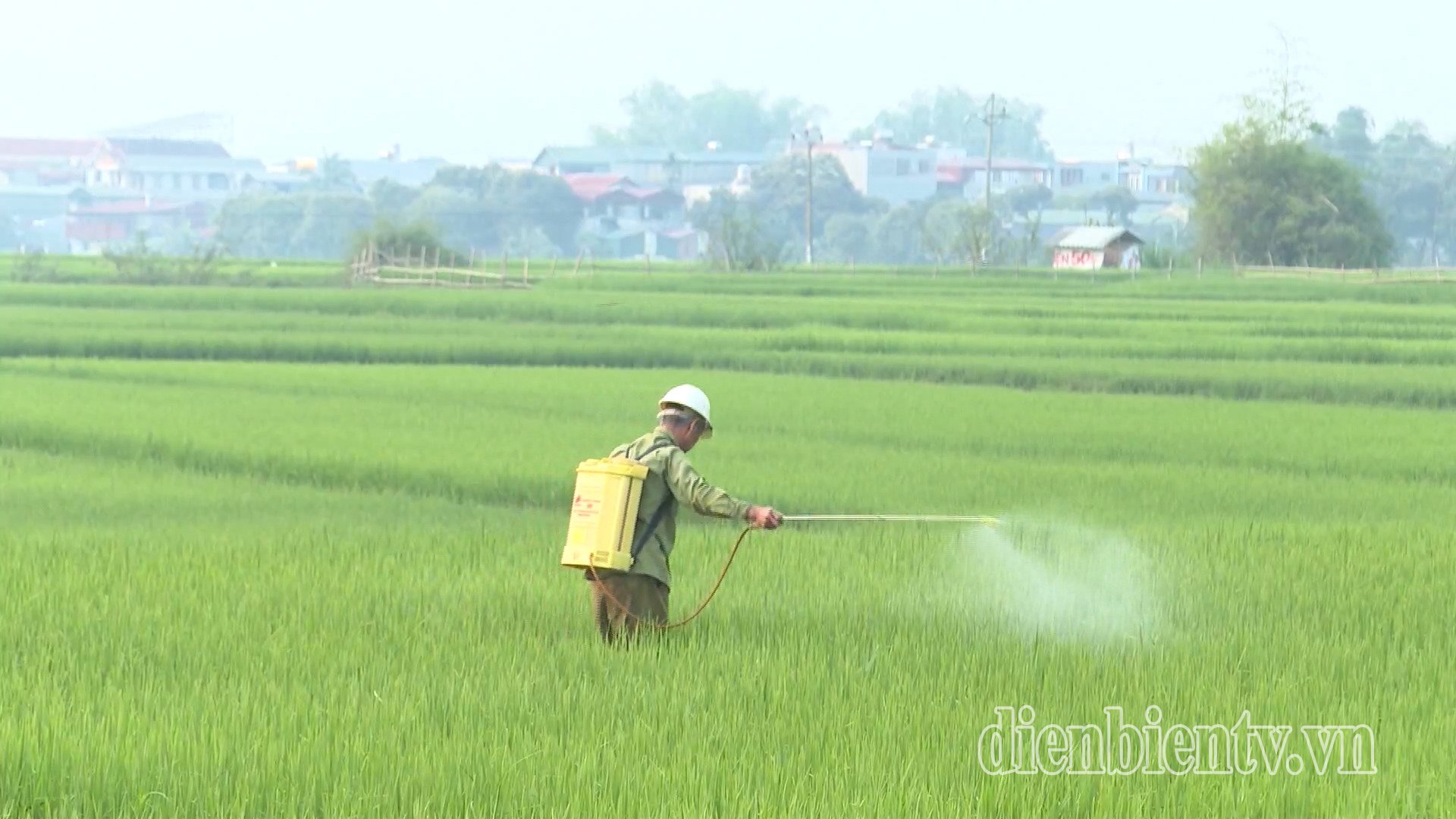
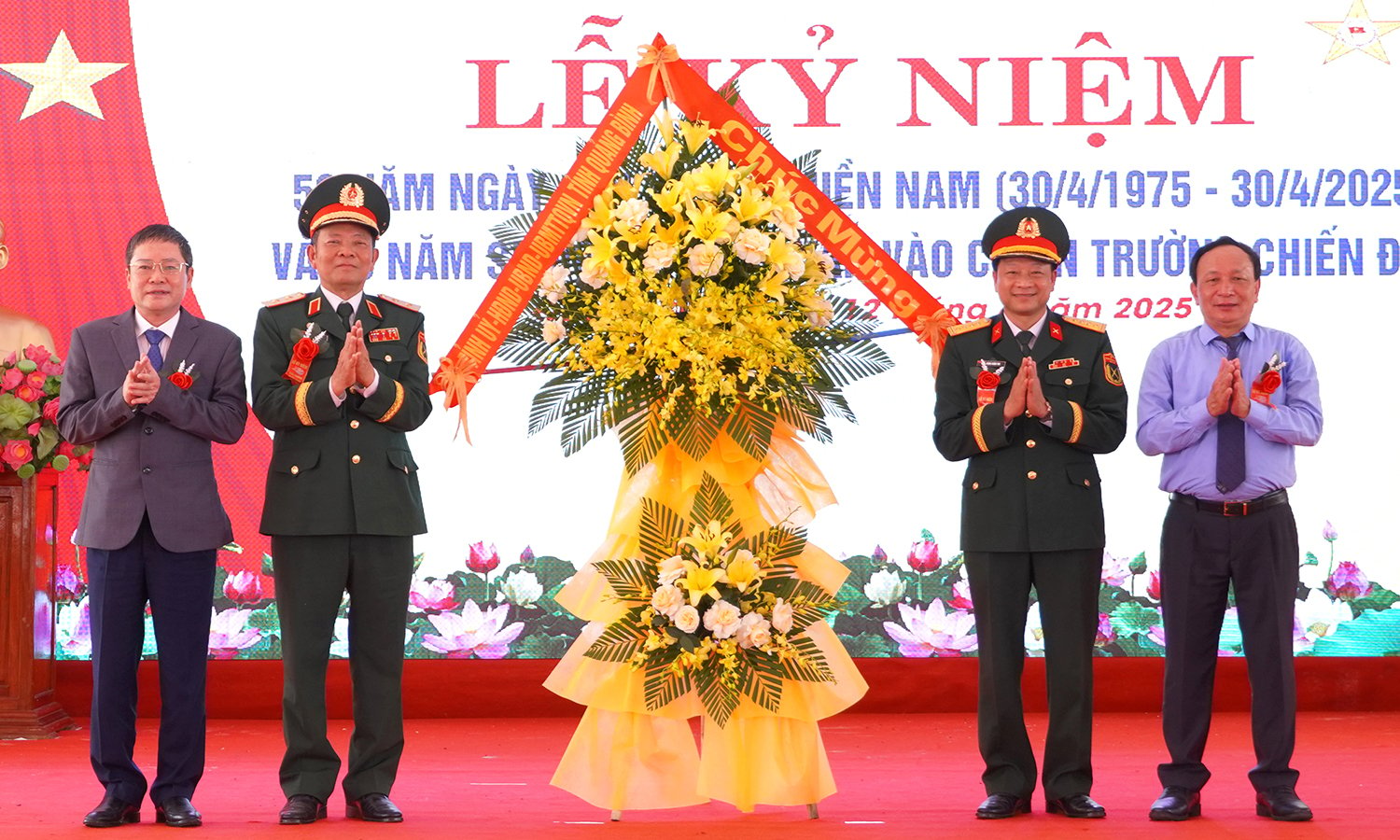


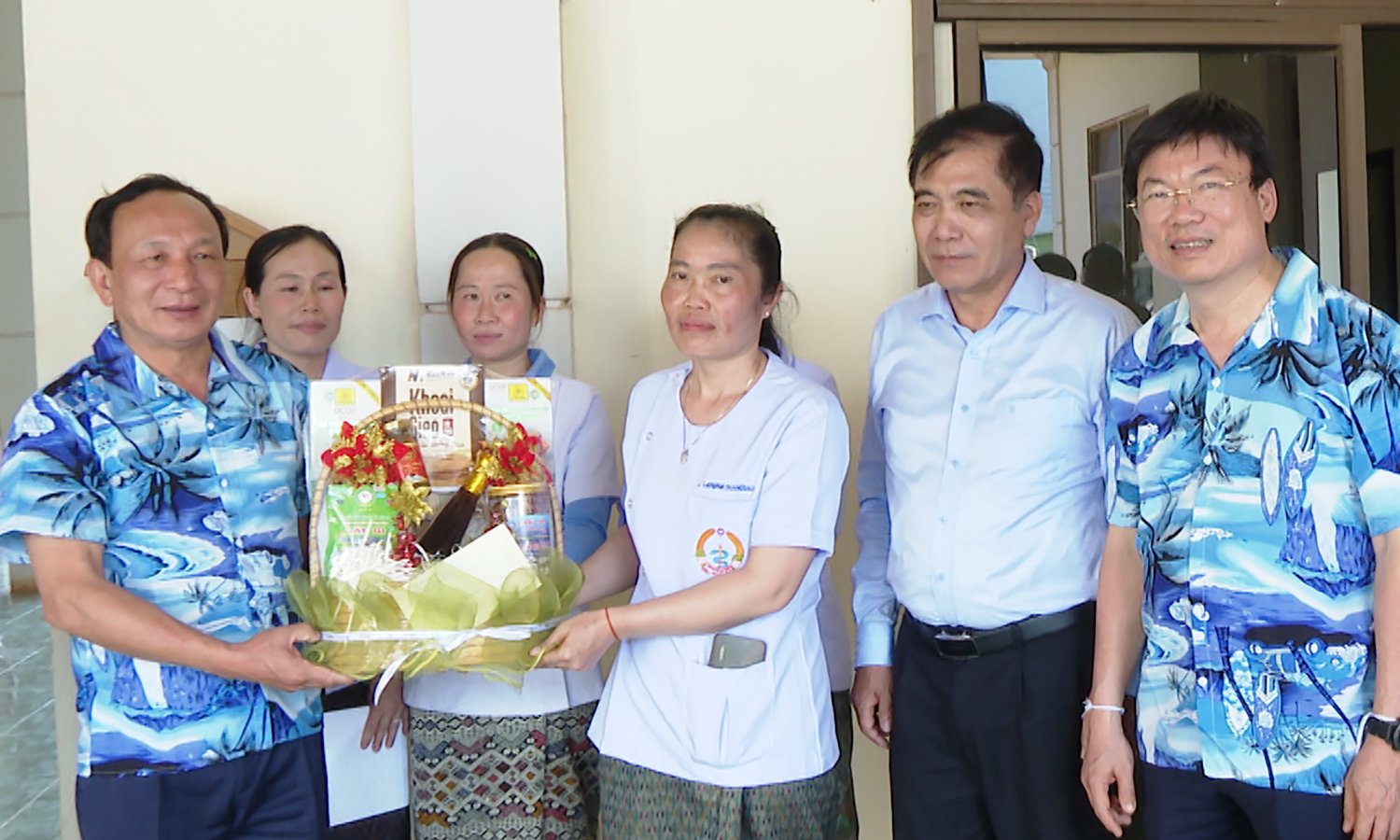



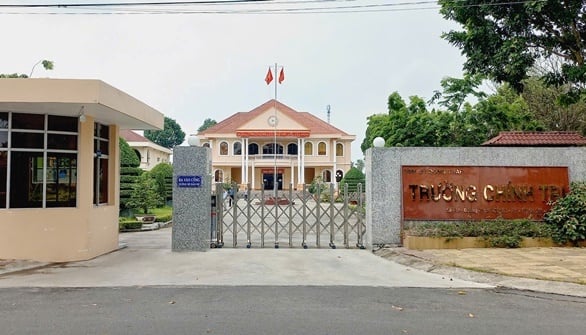

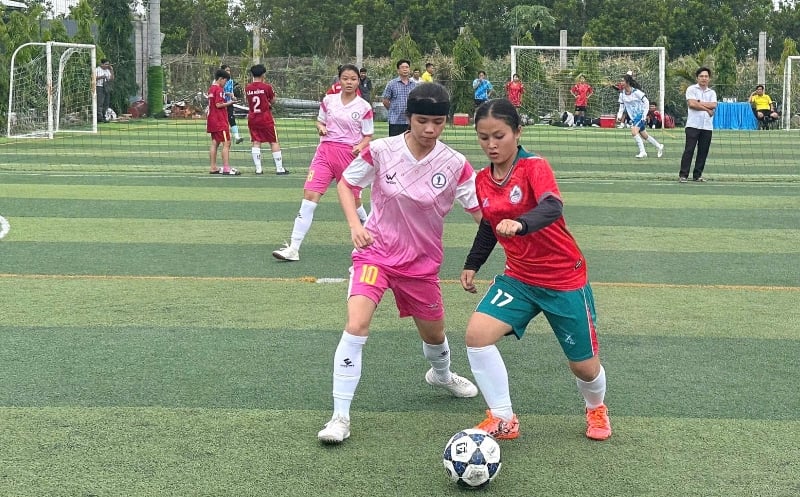
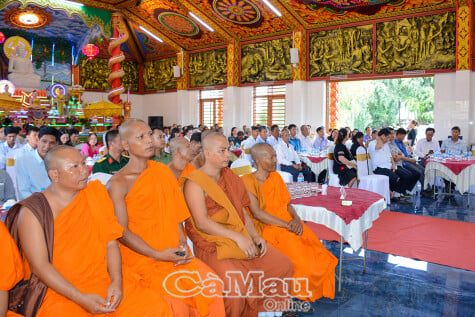




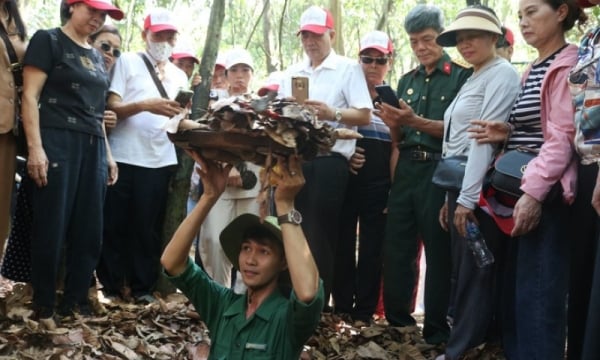
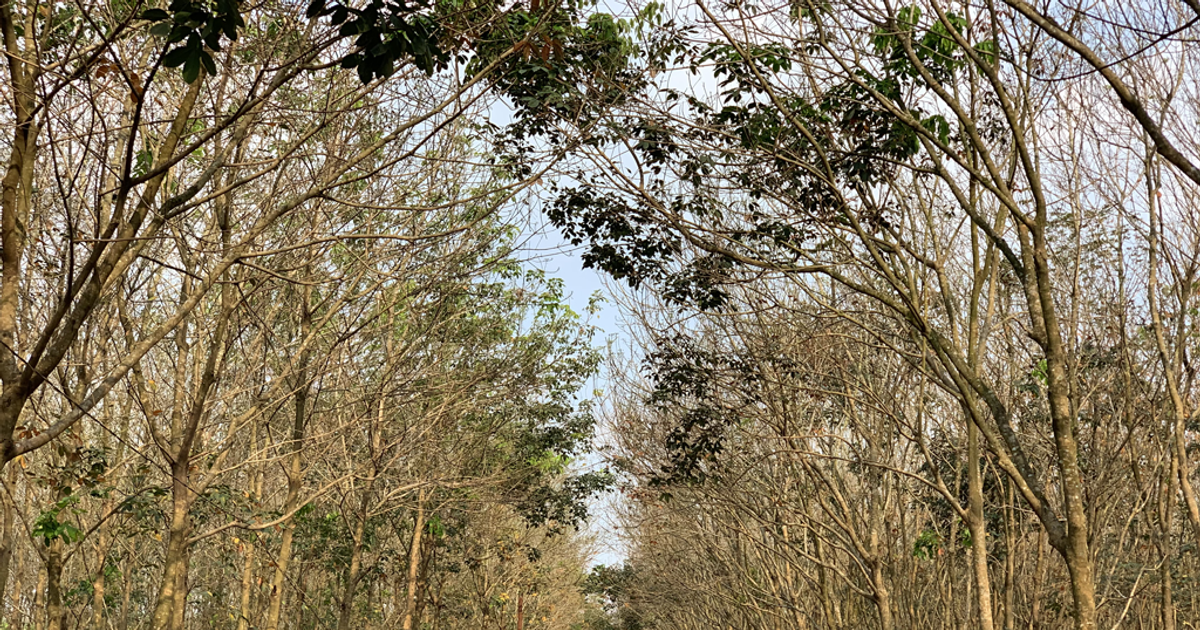

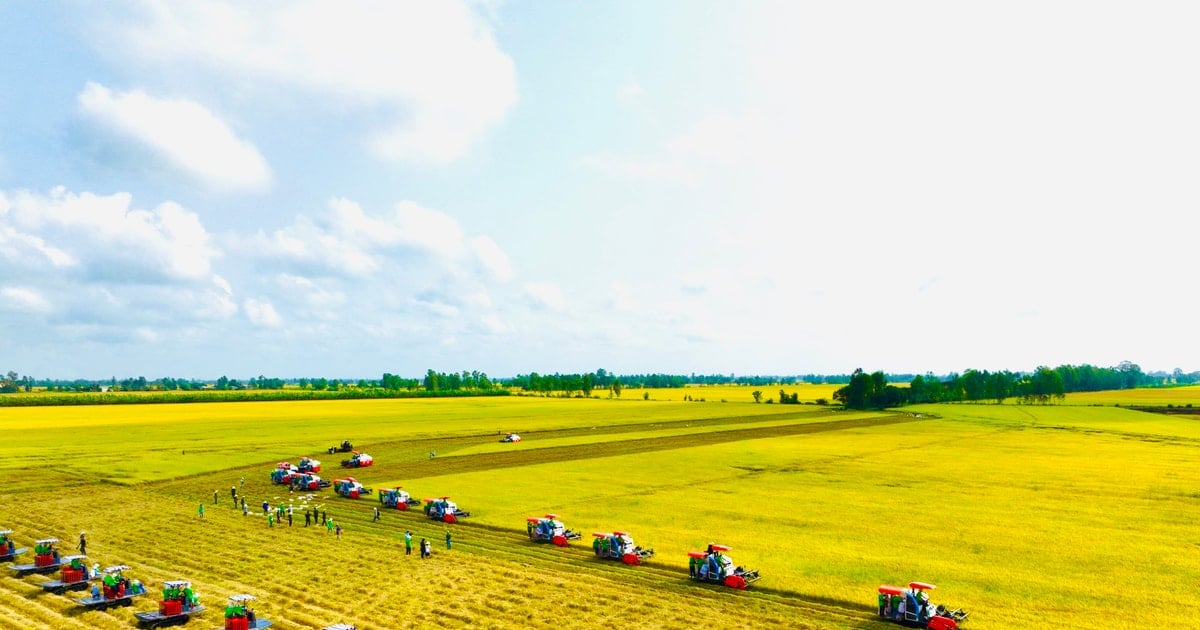



![[Photo] "Beauties" participate in the parade rehearsal at Bien Hoa airport](https://vstatic.vietnam.vn/vietnam/resource/IMAGE/2025/4/11/155502af3384431e918de0e2e585d13a)







































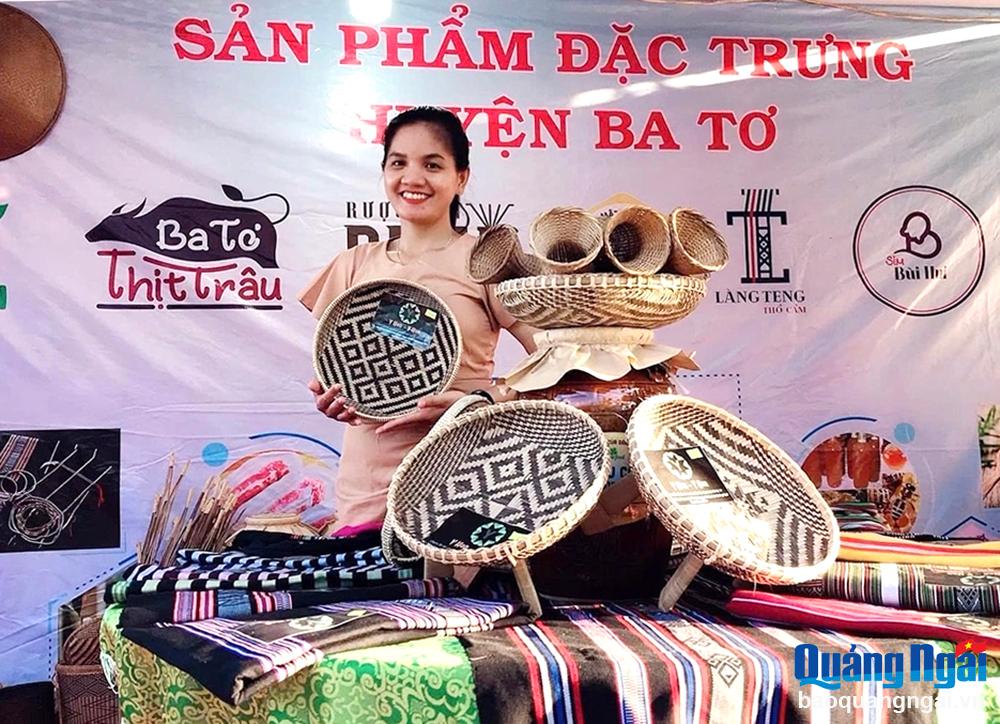



















Comment (0)